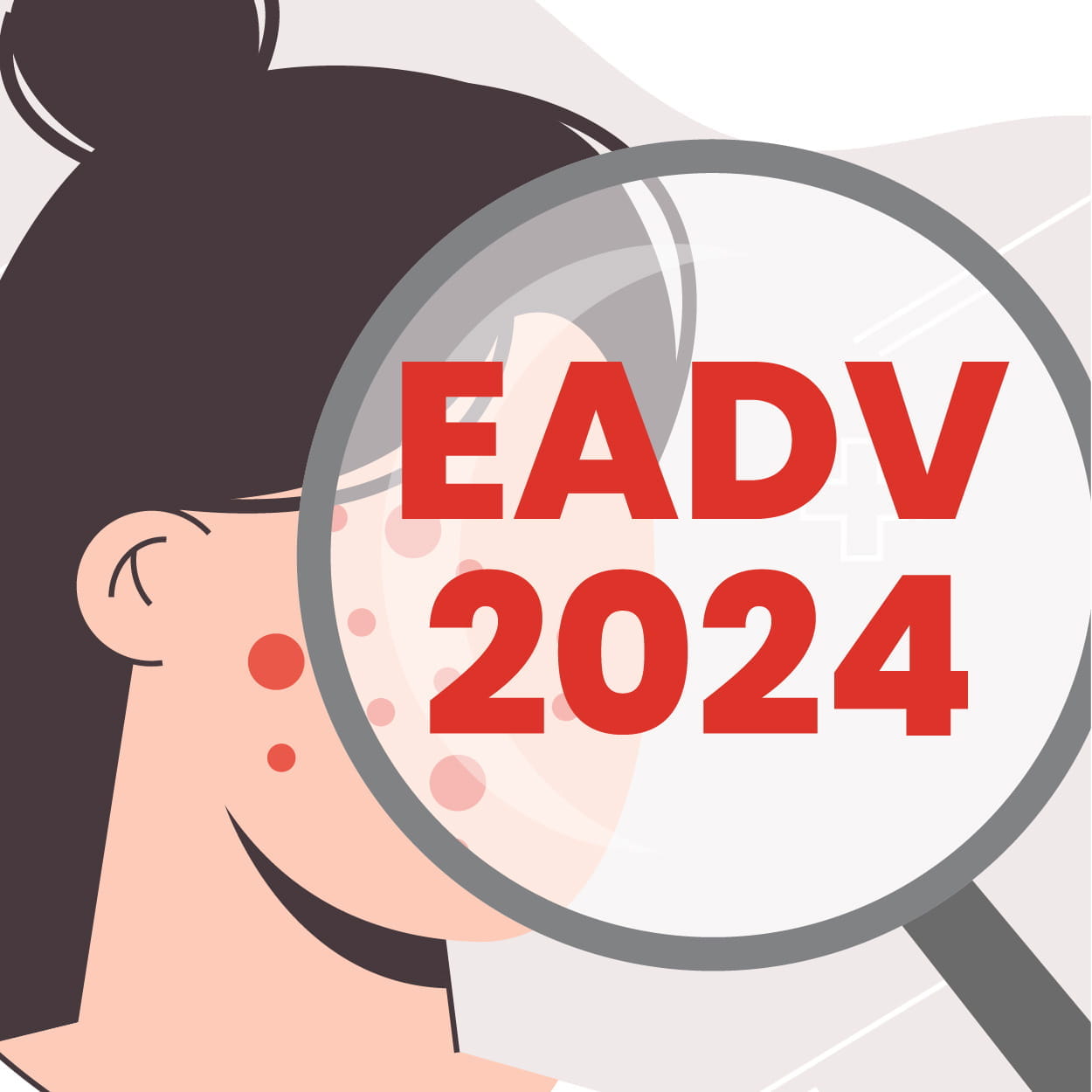EADV 2024 - Updates in The Management of Androgenetic Alopecia
Speaker: Dinesh Kumar Devraj
The Food and Drug Administration (FDA) approved treatments, topical minoxidil and oral finasteride, for androgenetic alopecia (AGA), but they have exhibited limitations, compounded by the prevalence of misinformation. Alternative options have been explored to address these issues, focusing on improved delivery methods, new routes of administration, and emerging compounds, particularly within regenerative medicine. The study examined advancements in formulations, routes of administration, novel compounds, physical modalities, and updates in surgical techniques. Minoxidil formulations were enhanced by incorporating niosomes and minoxidil, and it was tagged with transcutol P, facilitating deeper penetration. The updated formulation demonstrated improved active molecule delivery, increasing the treatment's effectiveness. While solution forms and gels had long been available, adding transcutol P to minoxidil was a promising alternative to conventional FDA-approved treatments by improving both penetration and overall efficacy.
The study highlighted the advancements in newer routes of administration for Minoxidil, both topical and oral forms, in India, which had been in use for over three to four years. Oral minoxidil demonstrated efficacy in managing chronic telogen effluvium in women and androgenetic alopecia, particularly for patients who preferred alternatives to topical treatments. However, the study also emphasized the crucial need to monitor potential side effects, such as pitting edema and tachycardia, to ensure patient safety and well-being. Dutasteride microinjections used almost two decades earlier were reportedly resurgent in India and had promising outcomes. Meso solutions, including formulations containing 5% Minoxidil, were also noted as potentially becoming available.
Regenerative medicine, has garnered significant attention. Exosomes, or extracellular vesicles, have also attracted widespread interest, though caution is necessary when considering their potential in the treatment of androgenetic alopecia. It's important to remain mindful of the uncertainties in medical research and not get carried away by transient hypes. Exosomes, as a ready-made product, eliminate the complexities of separation and extraction processes. They are extracted from hair follicles, stem cells, or other placenta derived mesenchymal stem cells, which have been cultured in a lab and generated by these stem cells. The exosomes are cultured in media, and then brought commercially. However, the process of obtaining hair follicles from stem cells or other stem cell sources is lengthy and time-consuming. Once isolated, exosomes are injected into the patient’s body to treat hair loss. While the potential benefits of exosomes in regenerative medicine are promising.
Exosomes, membrane-derived micro-vesicles, were recognized as signalling agents in cell-to-cell communication, promoting cellular growth and activating various pathways for tissue regeneration and wound healing. They were found to be one one-thousandth the size of normal cells and played a crucial role in mediating intercellular communication. In regenerative medicine, particularly within cosmetic practice, their potential was explored due to multiple sources of mesenchymal exosomes derived from amnion, adipose tissue, bone marrow, and umbilical cord. One U.S. company sourced exosomes from placental tissue, highlighting their promise as therapeutic agents. In India, exosomes were sourced from Korea, where mesenchymal stem cells from salmon skin were utilized for scar removal, skin regeneration, pigmentation regulation, and hair growth. While the literature on exosomes remained limited, research and development in cosmetic dermatology steadily expanded, suggesting promising applications for hair growth and scar removal.
In January 2023, a systemic review presented promising results regarding the use of exosomes in regenerative treatments. Two primary methods of application were identified. The company promoting the therapy advocated using exosomes, which are supplied in vials, in conjunction with microneedling, followed by irrigation of the scalp with the exosomes. The method was also suggested for skin rejuvenation, particularly for treating fine lines. Off the record, it was noted that exosomes could also be injected. A distinction was observed between different exosome sources. Exosomes derived from salmon skin had been associated with reports of allergic reactions in patients, although the likelihood of such reactions was lower with placental-derived exosomes. Several challenges were highlighted, including molecular heterogeneity and the lack of consensus on isolation and characterization methods. Adverse events were primarily linked to substandard manufacturing conditions and issues with sterility. Additionally, due to the lack of large-scale production, the cost of these treatments remained significantly high.
Low-light laser therapy, a long-established physical modality, stimulated cells and promoted growth. The therapy, utilizing wavelengths ranging from red to infrared, was applied alongside existing treatments to enhance Adenosine Triphosphate (ATP) production, extend the anagen phase, induce follicular telogen to anagen re-entry, and prevent premature transition to the catagen phase. A key focus was on reactive oxygen species, which played a crucial role in the pathophysiology of female androgenetic alopecia. Maintaining oxidative balance was essential, and low-level light therapy contributed to achieving this equilibrium.
The pipeline for novel therapeutic agents had shown promise. Finasteride and Minoxidil are the mainstay. In India, dutasteride is replacing finasteride, and oral formulations of Minoxidil demonstrated favorable results with robust data. Patients reported satisfaction with the ease of use and minimal side effects. Monitoring for adverse events, such as pedal edema (common) and tachycardia (rare) is required. Exosomes emerged as a promising therapeutic approach, but injectable Dutasteride was also considered a viable option. However, standardization, robust data collection, and large-scale studies on exosomes are needed. Cost considerations and stringent quality control were deemed essential to ensure reproducible results.
33, European Academy of Dermatology and Venereology Congress, 25-28 September 2024, Amsterdam


